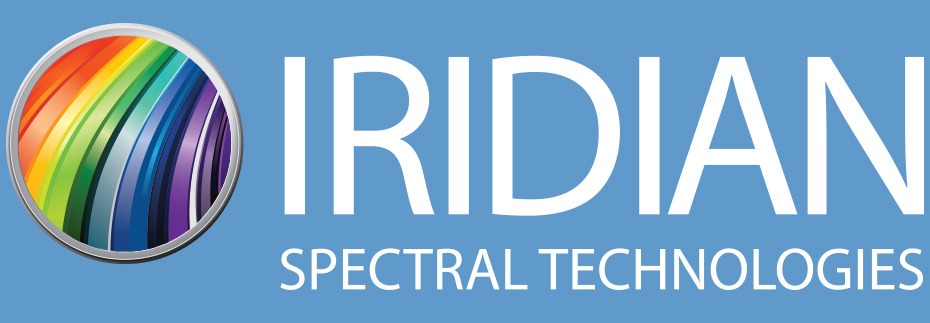Quantitative polymerase chain reaction (qPCR) is a variation of the traditional PCR methodology to not just rapidly amplify and copy a DNA sample but to count how much has been produced. The amount of nucleic acid produced in a PCR experiment is highly dependent on the reaction conditions. One of the key advantages of qPCR, and in particular real-time variants of the technique, is that information on exactly how much of the sample is being amplified can be monitored in response to changing reaction conditions.1,2
Realtime qPCR is now considered to be the gold standard method in microarray analysis,3 which allows for the study of the expression levels of many genes simultaneously.4 However, while qPCR has seen incredibly widespread uptake in routine medical analysis as well as research laboratories, care needs to be taken in the design of the qPCR instrumentation to ensure excellent detection sensitivity without compromising absolute reliability.
Fluorescence Signals
qPCR works by measuring the levels of fluorescence emitted from the target and converting the fluorescence signal levels to a concentration of the species of interest.
qPCR relies on the introduction of fluorescent dyes or probes to the sample that either intercalate into the DNA or bind to the DNA grooves or can undergo Förster resonance energy transfer (FRET) effects with the sample. The probes are designed to interact specifically only with a target of interest and there is change in the fluorescence levels on binding that can then be detected.
Greater sensitivity in qPCR instrumentation means smaller changes in fluorescence level can be measured, improving absolute and relative limits of detection. The efficiency of qPCR measurements can also be enhanced with the incorporation of multiplexing approaches.5 Multiplexing is an excellent way of improving measurement throughput but means several different fluorescence channels may need to be detected simultaneously.
Filter Demands
Measuring sample fluorescence also requires an excitation source to illuminate the sample. The excitation sources used for qPCR are normally quite intense laser systems and, depending on the detection geometry, the scattered light from the excitation source can be sufficient to saturate the detector.
qPCR instrumentation is therefore heavily dependent on appropriate filter choices. It may be inevitable that the fluorescence signal of interest is barely separated in wavelength from the excitation source. What this means is any cut-off filter used to remove contamination from the excitation source must have a very steep and sharp cut-off so as to avoid attenuating the signal of interest. Any uncharacterized attenuation of the fluorescence signal could directly impact the accuracy of quantification.
The Right Choice
As qPCR instrumentation can be very demanding in terms of the optical component requirements, it can be worth partnering with experts in the area with the right experience to both help you make the best design decisions and provide custom optical solutions where required.
We are very familiar with the challenges associated with filter design of qPCR instruments and have provided many customers in this area with solutions for bandpass, dichroic, and other filter types.
One of the primary concerns for instrument sensitivity is the central wavelength of filters as they must be specifically chosen to match the emission spectra of the probes to be used. The filter bandwidth also needs to be sufficient to avoid attenuation of the probe emission spectrum as many probes often have broad emission spectra.
There is a compromise with using larger bandwidth filters to try and capture all of the signal in a single emission channel and avoid cross-talk between nearby emission channels. The more channels added for detection, the more significant the engineering challenge becomes and the more stringent the optical filter requirements.
Another approach, particularly for removing contamination from the excitation source, is the use of dichroic filters to direct the excitation and detection signals onto different optical paths. It is important that dichroic filters have excellent contrast and transmission so signals are not unnecessarily attenuated and that no unwanted light is transmitted through the wrong beam path in the instrument.
References
- VanGuilder, H. D., Vrana, K. E., & Freeman, W. M. (2008). Twenty-five years of quantitative PCR for gene expression analysis. BioTechniques, 44(5), 619–626. https://doi.org/10.2144/000112776
- Zimmermann, K., & Mannhalter, J. W. (1996). Technical aspects of quantitative competitive PCR. BioTechniques, 21(2), 268–279. https://doi.org/10.2144/96212rv01
- Canales, R. D., Luo, Y., Willey, J. C., Austermiller, B., Barbacioru, C. C., Boysen, C., … Goodsaid, F. M. (2006). Evaluation of DNA microarray results with quantitative gene expression platforms. Nature Biotechnology, 24(9), 1115–1122. https://doi.org/10.1038/nbt1236
- Kagnoff, M. F., & Eckmann, L. (2001). Analysis of host responses to microbial infection using gene expression profiling. Current Opinion in Microbiology, 4(3), 246-250. https://doi.org/10.1016/S1369-5274(00)00198-3
- Kreitmann, L., Miglietta, L., Xu, K., Malpartida-Cardenas, K., D’Souza, G., Kaforou, M., … Rodriguez-Manzano, J. (2023). Next-generation molecular diagnostics: Leveraging digital technologies to enhance multiplexing in real-time PCR. TrAC – Trends in Analytical Chemistry, 160. https://doi.org/10.1016/j.trac.2023.116963
